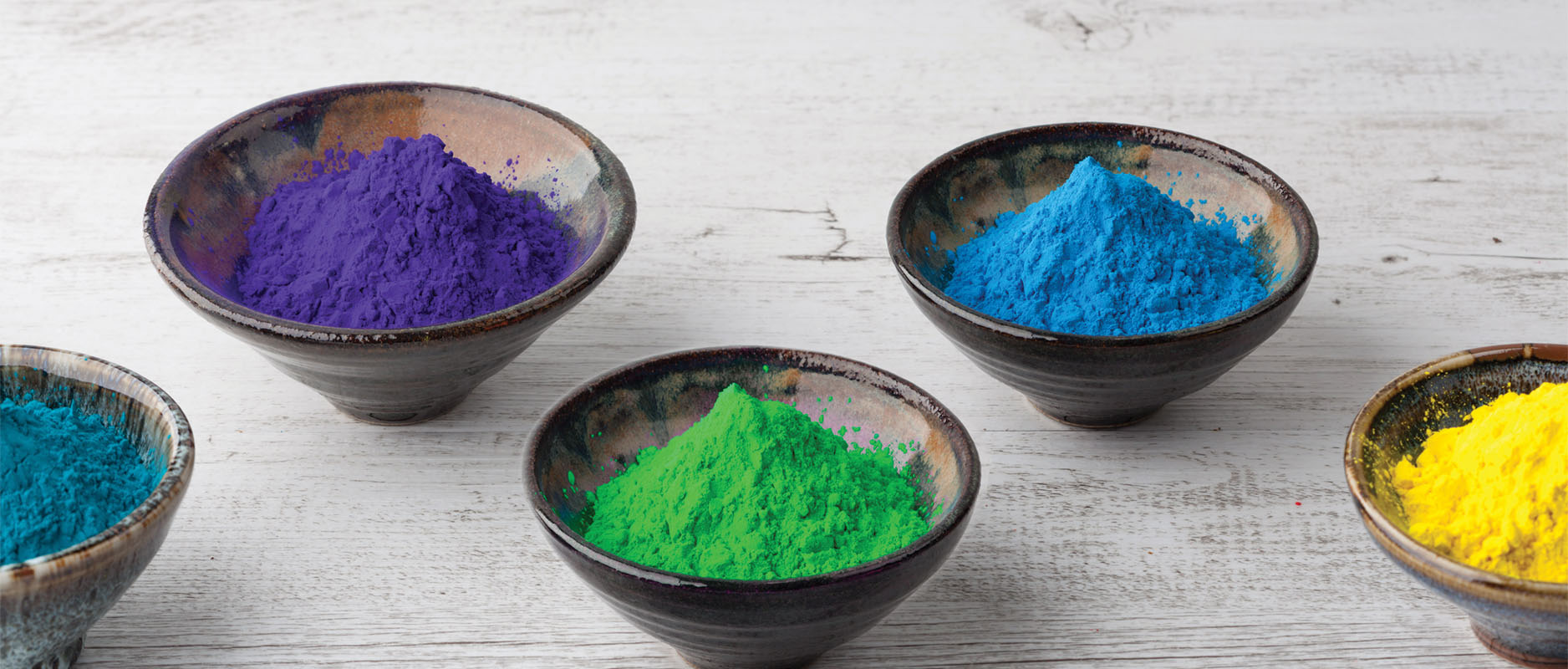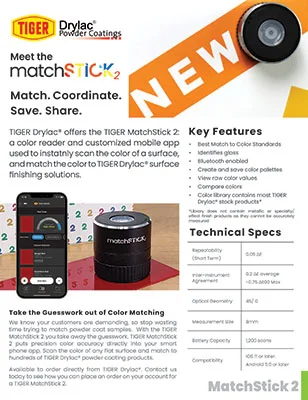What Is It About Color?

What is it about color? In this moment I am reminded of a conversation with a prospective customer about a white color match that our team felt really great about – it was a perfect match! Our friends on the other side of the table, one observant young lady to be precise, rejected the color match out of hand. A room full of people, and our friend was the last to speak. “It’s not pure white. It’s pink!”, and that, and a pandemic, ended the opportunity.
I would argue that the interpretation of color is a bit subjective. To be precise, color can be described as hue, shade, tint, and tonality. All of these sensations are an individual interpretation of reflected light through the retina, ocular nerve and into the brain of an individual. Each and every individual makes a determination of color at a moment in time, while in a completely unique environment. So how should we responsibly manage a color selection and approval?
My friend Narss Lapinid, a Color Material Finish Designer, has spent his professional career investigating this question while attempting to establish guidelines for his clientele. I learned during a recent conversation with Narss that several dozen factors can influence a consumer’s satisfaction with the finish of a product – so much so that a fishbone diagram proved to be the best tool to communicate the complexity of what typically is thought to be a simple task. It’s anything but simple.

TIGER’s Color Match Process
TIGER Drylac has developed a color matching and approval process to help guide our customers as well, in an attempt to manage the unavoidable potential for variabilities in the process. Through a series of questions your TIGER representative will help define the desired color, with a clearly defined expectation. With these expectations defined our team of chemists and formulators develop a data set to numerically define the color by measuring chroma, hue, and lightness within a three-dimensional color space. Using this data a color specialist can select an appropriate best match based upon both the numeric color measurement and a final visual inspection.
When approving a color match it is imperative for the consumer to view the color match within the agreed upon light and viewing angle conditions outlined at the onset of the color match activity. The color match may include a numeric valuation of the color as well, based upon the Hunter Scale or Cie lab Color Space, represented as a ▲(delta) E. Typically the valuation will be within 0-1 delta E, however brighter colors may reflect a wider range and still be acceptable.
Meet The TIGER MatchStick 2
Match. Coordinate. Save. Share. That’s the MatchStick 2 in a nutshell. Our MatchStick 2 is a combination of a color reader and customized mobile opposed to instantly scan the color of a surface, and match the color to TIGER Drylac® surface finishing solutions. We know your customers are demanding, so stop wasting time trying to match powder coat samples. With the TIGER MatchStick 2 you take away the guesswork. TIGER MatchStick 2 puts precision color accuracy directly into your smart phone app. Scan the color of any flat surface and match to hundreds of TIGER Drylac® powder coating products. Available to order directly from the TIGER Drylac® webshop. Click the link below to place an order for a TIGER MatchStick 2 today!
Wrapping Up The Matching Process
The final inspection and approval should always be within the environment that the finishes work piece will be set within – a workpiece placed within an office setting should be viewed under incandescent or fluorescent lighting, for example. If a metallic finish has been selected, be sure to view the color match at the agreed upon matching angle as the metallic pigments most assuredly will disperse light differently at different angles.
The final activity to assure an acceptable color match is at the applicator. A sample coating can be secured and applied to the precise metal substrate to give your team one final opportunity to assure the match is sufficiently accurate. Your applicator can then use this applied match as a target quality reference during the coating application process assuring that your expectations for a finished workpiece will be met in full.
My friend was right, by the way, as was I. A closer comparison of the target color to the match proved that the match was, in fact, pink. However, when taken out of doors, where the coated workpiece would be placed, the color proved to be sufficiently matches as the manufacturers Bright White. What is it about color?
Article by John Fett, Architectural Products Manager – North America
Back to overview
